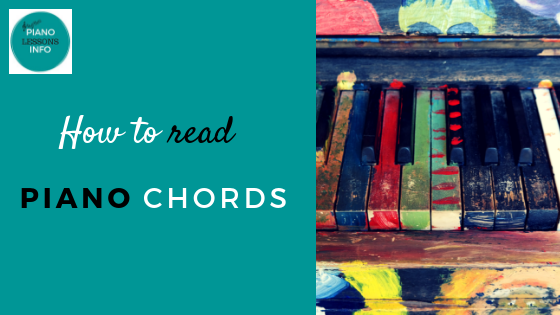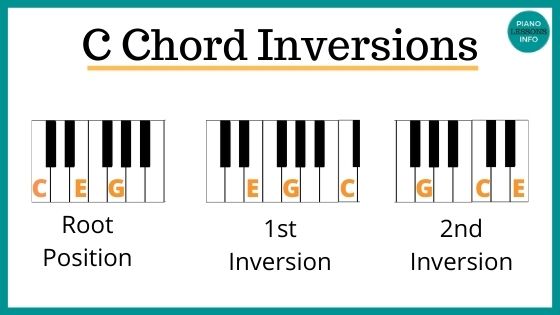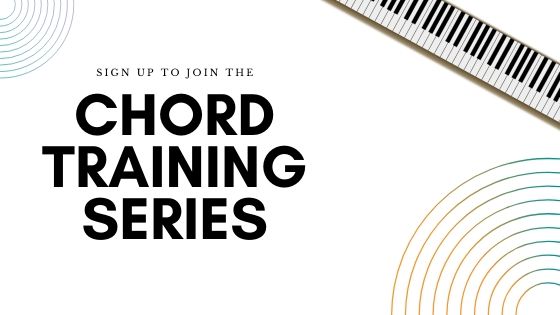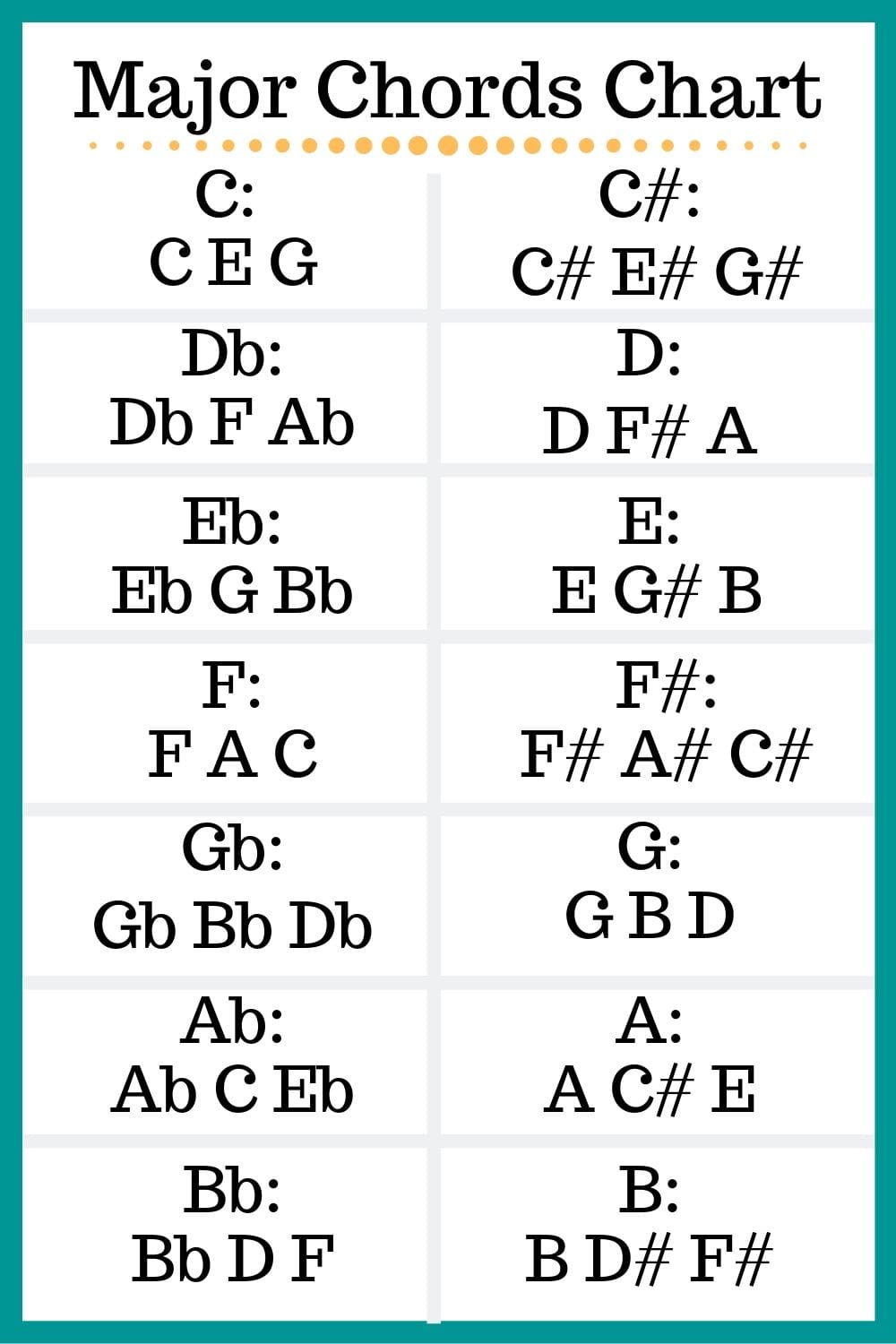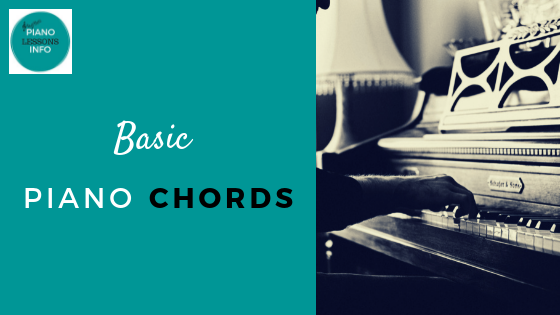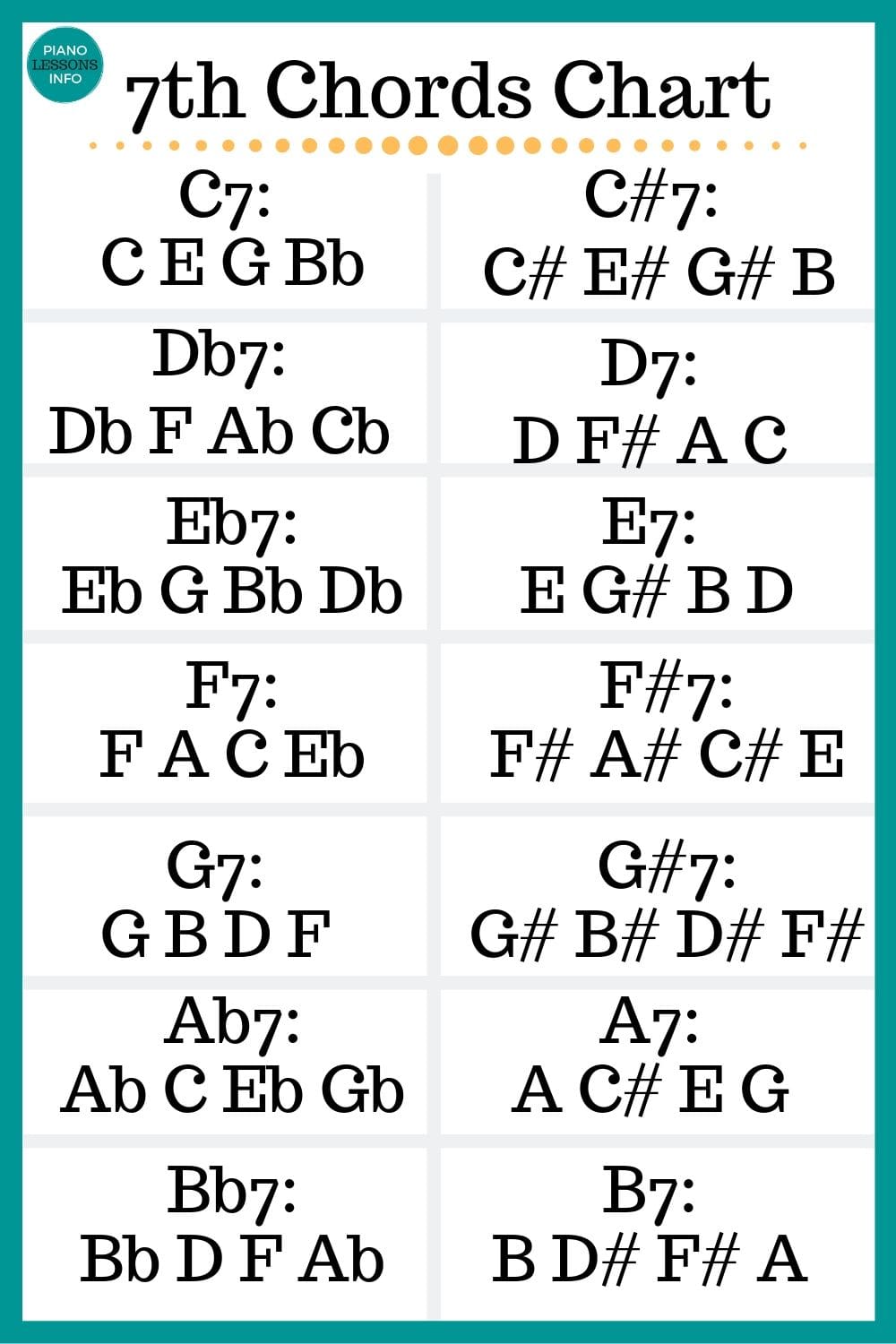How Do You Make
Diminished Piano Chords?
Diminished piano chords are not the most common type of chord but they do add something interesting to a chord progression when needed.
Here I'll explain both how diminished chords are made and also provide a (pinable) list of all the diminished chords.

How To Make A Diminished Chords
Diminished chords are made this way: start with a major chord. For example, C major – C E G. To make it diminished you lower the 3rd and 5th notes of the scale. In our example’s case, that would be the C major scale.
Lowering a note means to make it lower by a semi-tone or half-step. This usually means going from a white key to the next lowest black key or vice versa. For example, E goes to Eb, C# goes to C. Be careful of C and F though because with these notes you go to the next lowest white key.
To make a C diminished chord, you must lower E to Eb and G to Gb. Altogether, the chord is C Eb Gb. A diminished chord is written like this: Cdim or Co (with the "o" being set up high in line with the top of the C, not low like you see here).
A List of Diminished Chords
Here’s a list of the diminished chords:
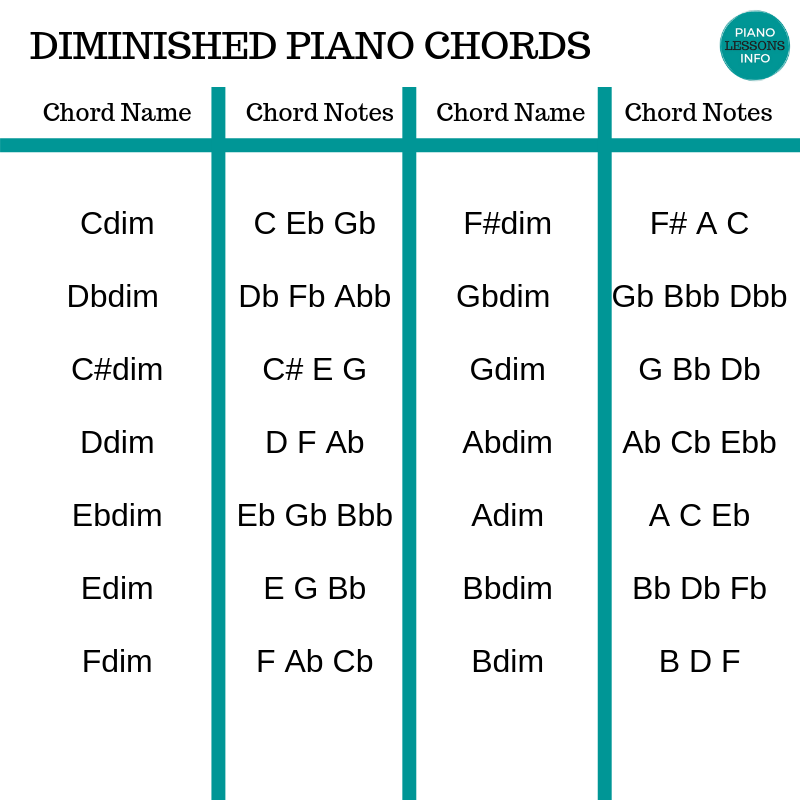
Diminished Piano Chords (Text List)
Cdim / C° = C Eb Gb
C#dim / C#° = C# E G
Dbdim / Db° = Db Fb Abb
Ddim / D° = D F Ab
Ebdim / Eb° = Eb Gb Bbb
Edim / E° = E G Bb
Fdim / F° = F Ab Cb
F#dim / F#° = F# A C
Gbdim / Gb° = Gb Bbb Dbb
Gdim / G° = G Bb Db
Abdim / Ab° = Ab Cb Ebb
Adim / A° = A C Eb
Bbdim / Bb° = Bb Db Fb
Bdim / B° = B D F
Some of these chords have double flats. That means that you take the note that already is a flat, and make it lower by an additional semi-tone. For example, Bbb (double flat) will actually be an A on the piano.
Diminished chords are not very common. If you need to know a specific chord, just remember to lower the 3rd and 5th notes. You can also go and find the specific chord when you come across it.
Using Intervals To Figure Out Diminished Chords
The cool thing about diminished chords is that they are made up of minor thirds.
A minor third is an interval - a space between 2 notes.
C to Eb is an example of a minor third in music. On the piano, you can see that there are two semi-tones between C and Eb, Db and D. This is the same for every minor third.
D and F are a minor third apart. That means you skip Eb and E - the 2 semitones.
To figure out any diminished chord, you just need to play notes a minor third apart.
For a diminished chord this means:
Root note - up a minor third - up a minor third.
Example: C - up a m3 to Eb - up a m3 to Gb.
What about Diminished 7ths?
Diminished 7th chords are very similar to diminished chords, all you do is add another minor third on top of the one you already have.
Diminished 7th chords are made this way:
Root - up a minor 3rd - up a minor 3rd - up a minor 3rd.
Example:
Cdim7 = C Eb Gb Bbb (double flat)
As you can also see from the example above, diminished 7ths have the chord title of dim7 or °7.
Want A Great (Free) Chord Cheat Sheet?
Free Download:
Ultimate Chord Cheat Sheet

Subscribe below and get free access to the (printable) Ultimate Chord Cheat Sheet.
The Role & Use of Diminished Chords
Diminished piano chords are used a number of ways:
- Tension and Resolution: One of the primary functions of the diminished chord is to create tension that begs for resolution. This tension can resolve in various ways, often to a major or minor chord that feels more stable.
- Transition and Modulation: Diminished chords can serve as a bridge between two seemingly unrelated chords, allowing for smoother transitions and modulations to different keys.
- Expressive Tool: Due to its tense nature, composers and songwriters often use diminished chords to portray feelings of unease, suspense, or drama.
How Diminished Chords Appear in Music Genres
Classical Music: Composers like Beethoven, Chopin, and Wagner employed diminished chords to create dramatic effects and facilitate modulations.
Jazz: Diminished chords, especially diminished seventh chords, are staple ingredients in jazz harmonies, often used as passing chords or to add color to progressions.
Pop: While less common in pop, when used, they often lend a unique and unexpected twist to an otherwise predictable chord progression.
Diminished Piano Chords FAQ
What is a diminished chord?
What is a diminished chord?
A diminished chord is a type of triad (chord) that consists of a root note, a minor third above the root, and a diminished fifth above the root. It has a tense and dissonant sound.
What do diminished chords look like?
What do diminished chords look like?
Diminished chords can be represented by the abbreviation "dim" or with the circle symbol (°). For example, C diminished can be written as Cdim or C°.
What is the difference between a diminished triad and a diminished seventh chord?
What is the difference between a diminished triad and a diminished seventh chord?
A diminished triad consists of three notes: the root, a minor third, and a diminished fifth. A diminished seventh chord adds another note, which is a diminished seventh interval above the root, resulting in a four-note chord.
How do I form a diminished chord on any root note?
How do I form a diminished chord on any root note?
To make a diminished chord:
- Start with the root note.
- Move 3 half steps (semitones) up for the minor third.
- Move another 3 half steps up for the diminished fifth.
Why do diminished chords sound so tense?
Why do diminished chords sound so tense?
The structure of the diminished chord inherently contains intervals that are perceived as dissonant, especially the tritone (diminished fifth). This dissonance gives the chord its tense and unresolved character.
How are diminished chords used in music?
How are diminished chords used in music?
Diminished chords are used to create tension, aid in modulation to different keys, serve as passing chords, and add color and drama to musical progressions. They often resolve to major or minor chords to give a sense of completion.
Can I find diminished chords in popular music?
Can I find diminished chords in popular music?
While diminished chords are less common in pop compared to genres like jazz or classical, they are occasionally used to bring an unexpected twist or to heighten emotion in a song.
What is the difference between a diminished chord and a minor chord?
What is the difference between a diminished chord and a minor chord?
Both chords have a minor third, but the difference lies in the fifth interval. A minor chord has a perfect fifth, while a diminished chord has a diminished fifth, which is one half step lower.
Why should I learn diminished chords?
Why should I learn diminished chords?
Understanding and incorporating diminished chords into your playing can elevate your harmonic language, allowing for richer progressions, smoother modulations, and more expressive storytelling through music.
If you want to learn more about chords and how to make the different kinds, check out the chord theory page.
You can also find more chords on the chord charts page. This is about all there is to diminished piano chords. They sound complicated but once you understand them, they’re easy!
Free Download:
Ultimate Chord Cheat Sheet

Subscribe below and get free access to the (printable) Ultimate Chord Cheat Sheet.
- Home
- Chord Chart
- Diminished Piano Chords




